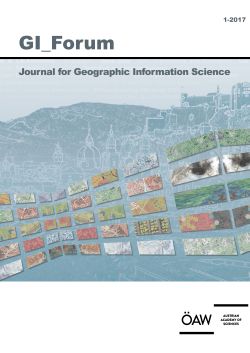
GI_Forum 2017, Volume 5, Issue 1, pp. 360-368, 2017/06/30
Journal for Geographic Information Science

This case study proposes an alternative spatial sampling design when there is no enumeration of the target population. Empirical studies and spatial quantitative assessments at a local scale, in the global South or in a sensitive context often face the limitations of baseline knowledge and secondary data, resulting in the challenge of choosing methods or models appropriate to the situation. Yet, to understand the vulnerability of population to disasters and improve their resilience require a clear picture of the situation. Various methods have already been proposed for sampling when data on a population are limited. While taking these methods and their limits into account, we present a new approach to design a population sample by using Global Positioning Systems (GPS) loggers. GPS systems are now widely available and easy to use and are useful when it comes to collect accurate and consistent data. A stratified survey, combined with 4,095 questionnaires, was carried out in 2015 in Malda (West Bengal). The survey allowed us to capture the spatial pattern of the erosion-affected population and to better understand their vulnerability. The method therefore shows promise for use in case studies in environments where detailed geographic and human census data have either limited availability or little relevance.
Keywords: Global Positioning System, spatial survey sample, data-limited environment, vulnerability assessment